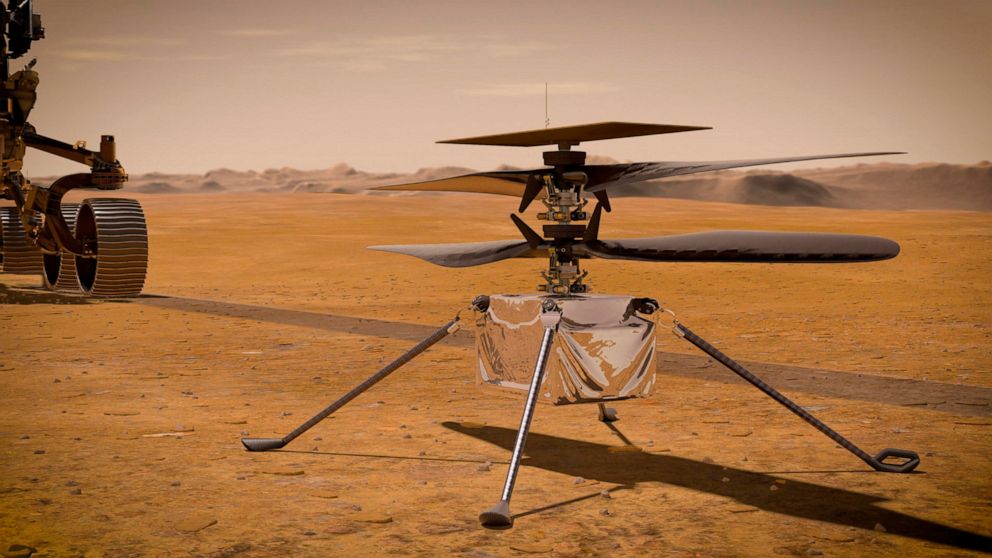
The first ever rock sample from another planet intended for return to Earth. “There are potentially older rocks in the South Séítah region ahead of us, so having this younger sample can help us reconstruct the whole timeline of Jezero,” Vivian Sun, one of the mission’s scientists at Nasa’s Jet Propulsion Laboratory in Southern California, said in August. Nasa confirms Mars rover has its first rock sample. If so, these rocks could be even older than the ones previously collected by the rover. It is likely the space agency will now take a new sample from this area.

Perseverance has 43 sample tubes to collect Martian detritus, which will be brought back to Earth by a future mission for scientists to research, and recently collected its first “perfect” rock sample (after a previous sample mysteriously went missing). It was recently revealed that the Jezero Crater was the home of an ancient river delta, with the presence of water making it more likely that there was life on Mars. The rover revealed a circular smorgasbord of minerals and sediment inside one of the crater’s layered rocks – which scientists can use to tell when the material was formed and what the climate was like. Zeroing in on my next target for #SamplingMars,” read a post from the rover’s official Twitter account.
#Latest news rover mars Patch#
I’ve abraded a small patch of this rock to remove the surface layer and get a look underneath. “Peering inside to look at something no one’s ever seen. It used its abrading tool to scrape away at the foreign rocks to investigate the minerals inside. NASAs Curiosity rover snapped this view of a dark, shiny boulder on Mars on Dec. The rover has been on the Red Planet since October 25, examining the South Séítah region of the Jezero Crater, as part of Nasa’s search for extraterrestrial life – but took a brief pause recently during solar conjunction, where the sun blocked communication between Earth and Mars for the space agency.Īs well as looking for microbial life, the rover will also collect samples of Martian geology so scientists can develop a more accurate history of the planet’s climate.

The Perseverance rover has taken a “look at something no one’s ever seen” scraping away at rocks on the surface of Mars.


 0 kommentar(er)
0 kommentar(er)
